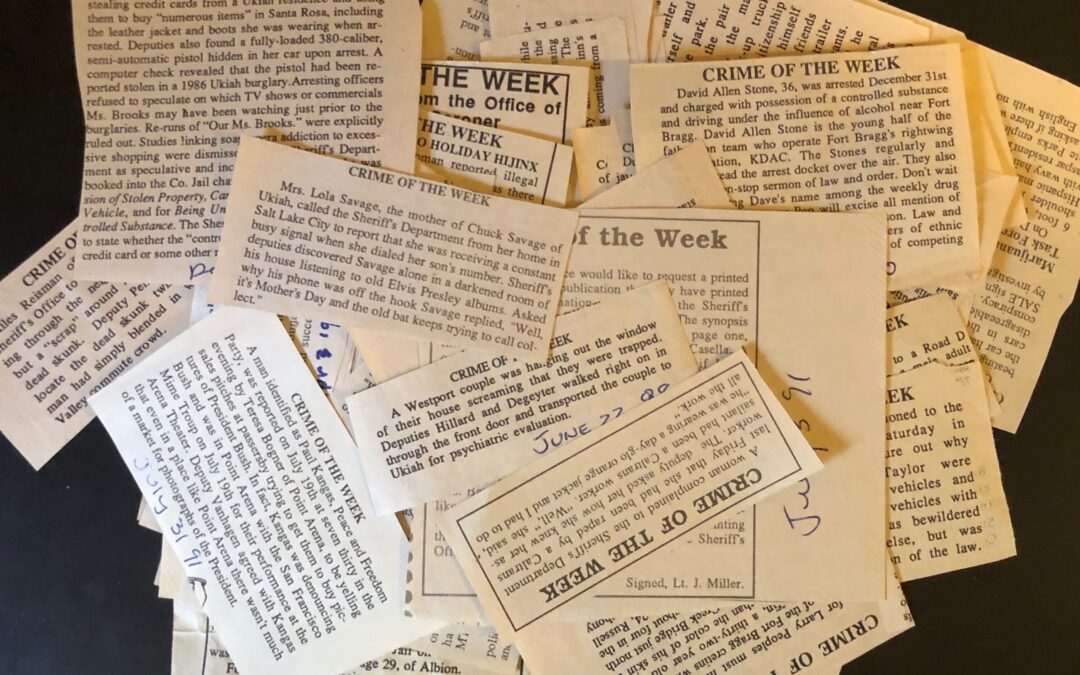
by Sandra Gulland | Sep 29, 2019 | Adventures of a Writing Life, My Life |
Question: What happens when you live in one house for over 40 years?
Answer: It gets cluttered with unfinished projects and treasures without a place (including letters and treasures from my parents’ cluttered attic).
Question: And what happens when, of an instant, you decide to have the entire first floor refinished?
Answer: Everything must get moved out and surfaces cleared.
This process takes time! Everything must be puzzled out.
One of the treasures without a home I picked up this morning, for example, is a manilla file titled “Crime of the Week.” It’s filled with clippings of the Crimes of the Week as reported in the northern Californian Anderson Valley Advertiser in the 1980s and 90s. My parents had a property in beautiful Anderson Valley (not far from Mendocino, California), and my father used to send me the Advertiser. I began cutting out various Crimes and slipping them away in a file.

The Advertiser is still trucking, but I suspect that the crimes to report these days may have lost some of their last-century charm.
For example, here’s the Crime of the Week from June 22, 1988, picked at random:
CRIME OF THE WEEK
A Westport couple was hanging out the window of their house screaming that they were trapped. Deputies Hillard and Degeyter walked right on in through the front door and transported the couple to Ukiah for psychiatric evaluation.
Or this one (date not noted):
CRIME OF THE WEEK
Miles Reisman of Redwood Valley called the Sheriff’s Office to say a neighbor of his was walking through the neighborhood wearing nothing but a “scrap” around his waist while swinging a dead skunk. Deputy Pendergraft was unable to locate the dead skunk twirler, speculating the man had simply blended in with the Redwood Valley commute crowd.
I’ve long thought that the Advertiser should publish the Crimes of the Week as a charming daily calendar, something a publisher like Workman might be interested in. At the least, I thought I might share some of them on this blog now and then. (What do you think?)
Today the Crime of the Week feature seems to have morphed into Catch of the Day. On October 13, 2016, Catch of the DAY listed 13, with grim mug shots of each.
And thus it is that it has taken all morning to place just one file without a home in Current. :-)
A note to writers of cosy mysteries: the Anderson Valley Advertiser would be an excellent source of ideas for plot and character. There is even a book put out by Bruce Anderson and Mark Scaramella: Mendocino Noir; Crimes Large and Small.
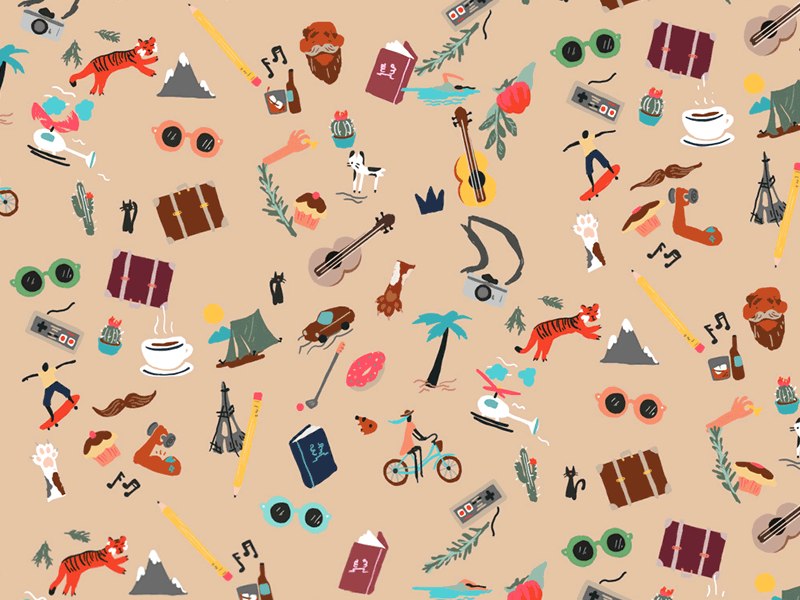
by Sandra Gulland | Dec 30, 2018 | My Life |
This post is inspired by Book Riot’s “The Podcast” episode #292, “Our Favorite Non-Bookish Things of 2018.” What’s charming about this podcast is the chatter between Jeff and Rebecca, usually about books and the publishing and book worlds in general, but this time about Things.
My fave things of 2018? It has been fun to think back and decide.

My Wet Brush Pro! No more tangles. Yay! These brushes are great, but be sure to opt for the “pro.”

Four-wheeler luggage, in general. Finger light travel. No more shoulder pull!

Fountain pens! I’ve converted to writing with fountain pens this year — unless I’m writing on computer, that is. For a dependable, but guilt-inducing disposable, I have favoured Pilot Varsity.
Then I graduated to the cartridge Pelikano Up, which has a very comfortable grip, but a lid that doesn’t stick on when you’re writing and a sometimes scratchy nib. (I’ve bought several, so it’s simply hit and miss.) Too, it sometimes dries out on me. I do very much like how light it is, how comfortable it is to grasp, and how bold the line (my preference).
Inspired by an article in New York Magazine rating all sorts of pens (100!), I ordered the Pelikan Stola III, which I like very much — even though it, too, doesn’t have a lid that stays on when writing. It was rated 4.6 out of 5.0 in the article, a high rating indeed.
Then, for Christmas, I got a lovely Pilot Metropolitan fountain pen, which uses cartridges or ink, which I will likely convert to in time. (Less plastic, and the pen itself is metal.) It has a nice weight, reliable ink flow, smooth nib, and writes a pleasing not-too-fine, not-too-bold script. Plus, its lid stays on when I’m writing. It came in a classy box and is, all-in-all, a beautiful pen. From the review in the New York Magazine article and online, I gather that the newer models are less pleasing, so I’m going to treasure this one.
By the way, none of these pens are expensive.

The new Microsoft Word online picture search feature. (I never thought I’d have a rave thing to say about Word.) You may already have it and don’t know: go to Insert … Pictures … Online Pictures. It’s a great feature, especially if you’re writing a blog with illustrations.

Speaking of which, I adore the Mammoth doc.x converter plug-in for WordPress.org. I’m not fond of writing a blog post online. With Mammoth, I write a post in Word, and then easily upload the file to my blog and presto: there it is.

MasterClass on-line courses. These are extremely well done. I indulged in an all-access pass for one year: James Patterson, Judy Blume, Malcolm Gladwell, Margaret Atwood. The only drawback? Now I’m caught up in my one subject of interest: writing. Although … that new Dan Brown course looks tempting. :-)

Staples (Canada) ARC line of notebooks and accessories. I’ve long been a fan of Levenger CIRCA notebooks and accessories, but they are expensive to have shipped to Canada. I was euphoric to see that Staples in Canada has brought out a similar product that’s very reasonable in price. It’s not nearly as extensive, but what they offer is of exceptional quality. Consequently, I went just a little ARC crazy this year.
What are your fave Things of 2018?
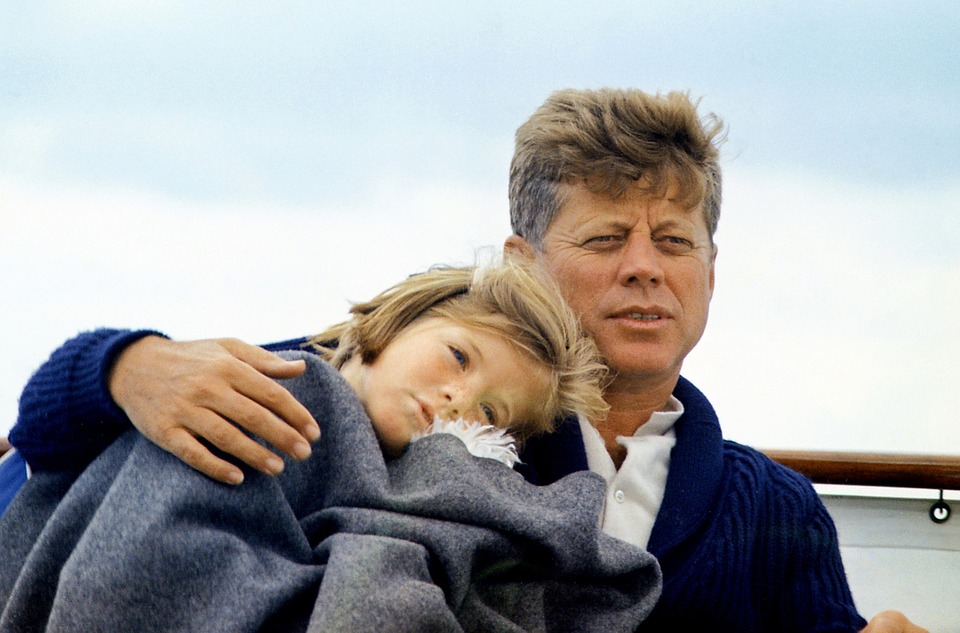
by Sandra Gulland | Nov 22, 2018 | Adventures of a Writing Life, My Life, Recommended Books, Movies, Podcasts, etc., The Josephine B. Trilogy |
JFK was murdered on November 22, 1963, fifty-five years ago today. I was nineteen and in university. I don’t remember the moment I learned — How is that possible? — but the images and the shock of it are indelible in my memory.

I have since read a moving biographical historical novel, titled, simply, Nov 22, 1963, by Adam Braver.
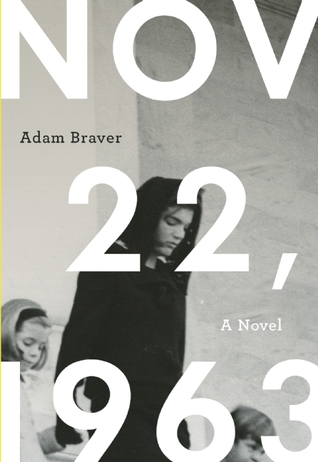
The assassination was made all the more horrifying in learning in this novel that JFK and Jackie had recently suffered the death of a baby. This tragic trip to Texas with her husband was Jackie’s brave first public event.
A Berkeley childhood
I grew up in Berkeley, California. Air raid siren drills were common; there was always the fear of annihilation. At Girl Scout camp, I remember a cloudy day being attributed to the test of a nuclear bomb in near-by Nevada. I was assigned to write stories about our last day alive in Grade School.
My high school years in Berkeley were vivid with protest. I was a proud member of Students for a Democratic Society. In English, I sat next to Tracy Simms, who led the very first sit-in against a hotel in San Francisco that did not hire Blacks.
These were intense years, rich with both excitement and fear. The Whole Earth Catalogue was Google in print. It’s message was: “You can do anything, go anywhere. Here are the tools.” It was a powerful concept, and an entire generation took it to heart.
Although I don’t remember the moment I learned of Kennedy’s assassination, I remember, vividly, the night of the Bay of Pigs on April 17, 1961, two-a-half years before. I was seventeen, living in San Francisco with roommates in the Castro district, going to San Francisco State. We believed that it could be the end of the world, our last night alive. (In fact, recent scholarship shows how very close it came to being just that, by an accident of communication.) I imagine that there was a surge in births nine months later, for many young couples succumbed. Why wait?
The three assassinations
On April 4, 1968, four-and-a-half years after Kennedy was killed, Martin Luther King was assassinated. I was twenty-one, married and working in a factory in Belmont, California — a factory that provided micro-chips for fighter jets. I had to sign a Loyalty Oath to work there. I remember the Ohio Flute Society (or something similar) being listed as one of the suspicious organizations.
I couldn’t sleep the night of April 4. I got up and went downstairs. It was very late. I turned on the TV: screams, a newscaster’s urgent voice, flickering images. King had been shot.

The next morning, at the factory, a white guy riding a trolley yelled, fist raised, “We got another one!”
And then, only two months later, on June 6, the same thing. I couldn’t sleep, I went downstairs and turned on the TV. A newscaster’s urgent voice, flickering images, screams. Bobby Kennedy had been shot.

I’d been canvassing for him, handing out leaflets — it was my first involvement in a political campaign. Belmont was a conservative town, yet the day after Bobby Kennedy’s death there was, I was told, a rash of suicides.
A decision
That morning, the morning after, my then husband and I went to Half Moon Bay. Sitting on a sand dune overlooking the Pacific, stunned by the news, I said I wanted to move. Away. To another country. Bobby Kennedy’s death was the straw that broke my back.
And thus the decision was made to leave my country of birth for a more peaceful realm. Move to Canada — a “healing” country in the words of the wonderful Carol Shields, who had herself immigrated to Canada from the US. I found it to be just that.
A Canadian citizen now, I have never regretted that move. Even so, a part of me will always be American. A part of me will always love that country — love it, and fear for it. Which is one reason I, like so many others, am addicted to the horrifying daily news.
Are things worse now than they were during those violent and tumultuous years? I would say yes, although in a more institutional way. I believe in democracy, and greatly fear for it.
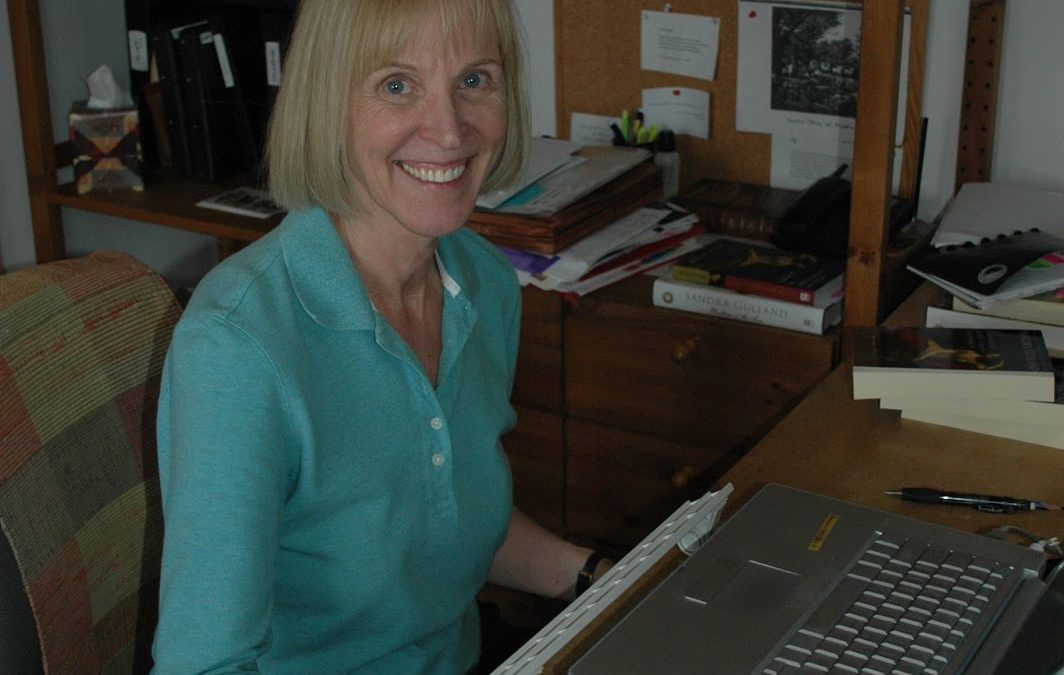
by Sandra Gulland | Oct 24, 2010 | Adventures of a Writing Life, My Life |
Today is my last day in my northern office — affectionately called The Bunker. I love the office I’ll be moving to in San Miguel de Allende, Mexico, but my Bunker in rural Ontario, overlooking fields and a maple forest, is my favourite writing space, and it’s always hard to leave. Not only is it lovely and cosy and quiet, but this is where my books are, this is the core of my research library.
Your home is where your books are, someone said, and I believe that to be true.
Books everywhere!
Right now, the desk in the photo is covered with stacks of books: books to be considered, books without a place on my shelves. (Another problem, that!) Which books should I take with me? What research books am I going to need in the six months ahead? This is not a question that can be answered easily … at least not by me.
With so little time left, I’ll aim to simply tidy today, leaving post-it notes on all the various piles.
I can’t take my bulletin board, alas
On the wall in front of the desk I have a framed print, a bulletin board and a Edward Gorey calendar. The bulletin board has inspiring images and quotes on it: “Want ? Obstacle ? Action,” for example.
Images of creativity
Two of the images on the bulletin board are especially dear to me. One, of men carving up blocks of stone, is evocative of the heavy lifting of the revision process.

The other image is one I haven’t been able to identify. (If you can identify it, I’d be eternally grateful!) It’s of two people, possibly a man and a woman, floating on a platform on a lake, half-emmersed in water. This image captures, for me, the feeling of the creative process, of immersion in unconscious.

The two images?one evocative of the unconscious, the other of the conscious, I think?work together in any act of creation.
Should I take my Edward Gorey calendar? I’ve loved it so! No: I’ll fast-forward through November and December, and in the Spring, on return, I’ll put it in my keeper box. Ironically, I just peeked at the caption for November:
It would carry off objects of which it grew fond,
And protect them by dropping them into the pond.
Construction image: Granite for monuments (for future monuments), 1939. Lithograph by Louis Lozowick.
Floating image: unknown to me. If you know, please write.

![]()

















